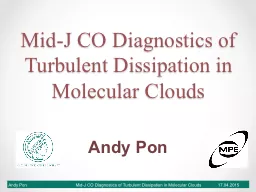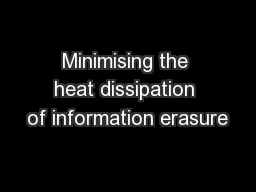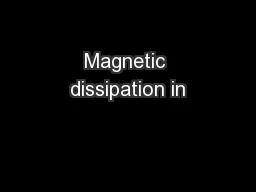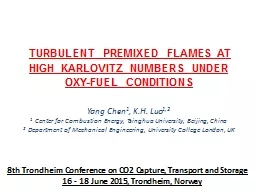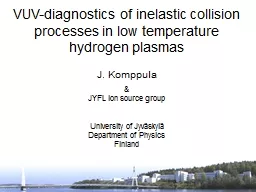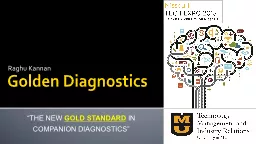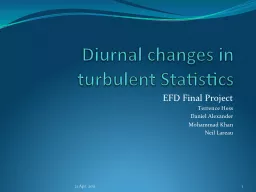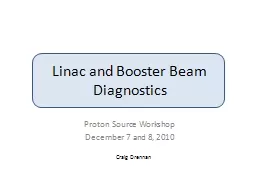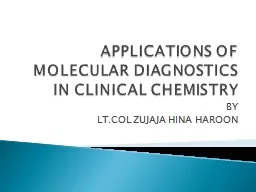PPT-Mid-J CO Diagnostics of Turbulent Dissipation in Molecular
Author : pamella-moone | Published Date : 2016-03-25
Andy Pon Doug Johnstone Michael J Kaufman Paola Caselli F rancesco Fontani Aina Palau Michael J Butler Izaskun JiménezSerra René Plume Jonathan C Tan Felipe
Presentation Embed Code
Download Presentation
Download Presentation The PPT/PDF document "Mid-J CO Diagnostics of Turbulent Dissip..." is the property of its rightful owner. Permission is granted to download and print the materials on this website for personal, non-commercial use only, and to display it on your personal computer provided you do not modify the materials and that you retain all copyright notices contained in the materials. By downloading content from our website, you accept the terms of this agreement.
Mid-J CO Diagnostics of Turbulent Dissipation in Molecular: Transcript
Download Rules Of Document
"Mid-J CO Diagnostics of Turbulent Dissipation in Molecular"The content belongs to its owner. You may download and print it for personal use, without modification, and keep all copyright notices. By downloading, you agree to these terms.
Related Documents

